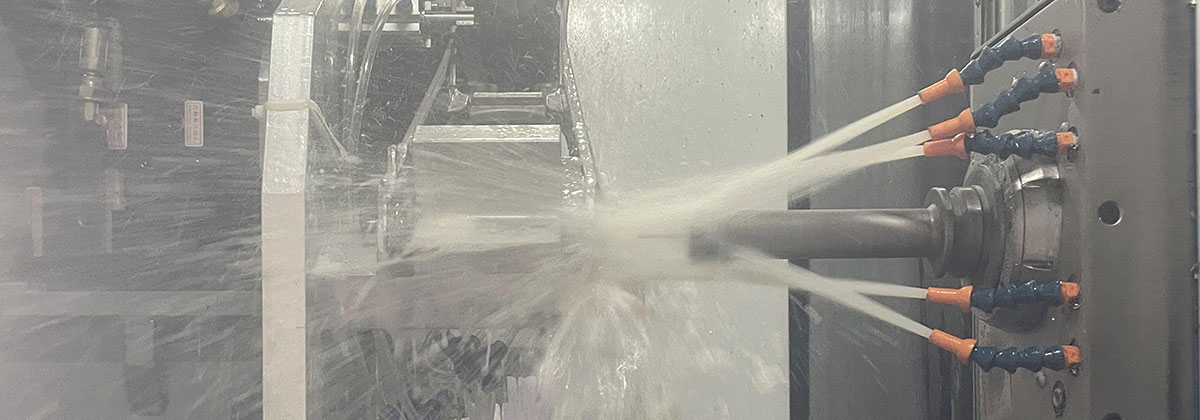In the world of manufacturing and product development, the creation of prototypes plays a crucial role in turning ideas into reality. Prototyping allows designers and engineers to test and refine their concepts before moving forward with mass production. One popular method of prototyping is casting, a versatile and cost-effective technique that has been used for centuries.
Casting involves pouring a liquid material, typically metal or plastic, into a mold and allowing it to solidify. The mold is made in the shape of the desired product, which could be anything from a small component to a complex assembly. Once the material solidifies, the mold is removed, leaving behind a replica of the original design. This replica is known as a prototype.
The process of prototype casting begins with the creation of a pattern. The pattern can be made from various materials, such as wood, wax, or even 3D-printed plastic. The pattern is an exact replica of the desired product, including all the intricate details and features. It serves as a template for creating the mold.
The next step is to prepare the mold. The mold can be made from materials like sand, plaster, or silicone. The choice of material depends on the complexity of the design and the desired surface finish. The pattern is embedded in the mold material, which is then allowed to harden. Once the mold is ready, the pattern is removed, leaving a cavity in the shape of the prototype.
After the mold is prepared, the casting process can begin. The liquid material is heated until it reaches its melting point and then poured into the mold. The material fills the cavity and takes the shape of the prototype. It is important to ensure that the mold is properly vented to allow any gases or air bubbles to escape during the casting process.
Once the material solidifies, the mold is opened, and the prototype is removed. The prototype may require some finishing touches, such as trimming or polishing, to achieve the desired appearance and functionality. At this stage, the prototype can be tested and evaluated for its performance and suitability for mass production.
Prototype casting offers several advantages over other prototyping methods. Firstly, it allows for the creation of complex shapes and intricate details that would be difficult or impossible to achieve using other techniques. Secondly, it is a relatively inexpensive and time-efficient process, making it ideal for rapid prototyping and iterative design. Lastly, casting allows for the use of a wide range of materials, including metals, plastics, and even composites, giving designers and engineers the flexibility to choose the most suitable material for their application.

Prototype casting is widely used in various industries, including automotive, aerospace, and consumer electronics. It enables manufacturers to test and refine their designs, identify any flaws or weaknesses, and make necessary improvements before investing in expensive tooling and production processes.
In conclusion, prototype casting is a valuable tool in transforming ideas into reality. It offers designers and engineers the ability to quickly and cost-effectively create prototypes that closely resemble the final product. By allowing for testing and refinement, casting enables manufacturers to produce high-quality products that meet the needs and expectations of their customers. As technology continues to advance, prototype casting will undoubtedly play an even more significant role in the development and innovation of new products.
-

- CNC-bearbeitete Teile und Komponenten
-

- Druckgussteile und -komponenten aus Magnesiumlegierung für E-Bikes
-

- Maßgeschneiderte Metallteile für das Macbook-Mittelbrett hergestellt
-

- Druckgussrad aus Magnesiumlegierung für E-Bikes
-

- OEM-Druckgussteile und Komponenten
-

- Hochpräzise Magnesium-Thixomolding-Komponenten Laptop-Gehäusedeckel A

 0086-750-5616188
0086-750-5616188 +86 13392089688
+86 13392089688 sales@zhongmei-tech.com
sales@zhongmei-tech.com







